- With standard equipment
- With safety pack
Find more information in the General Comments section of the assessment
Find more information in the Rating Validity tab of the assessment
- See More
- See More
- See More
- See More
- Good
- Adequate
- Marginal
- Weak
- Poor
 Passenger
Passenger
 Driver
Driver
 Rear Passenger
Rear Passenger
 Driver
Driver
 Car
Car
 Pole
Pole
 Rear Seat
Rear Seat
 Front Seat
Front Seat
-
Approaching a stationary car: Left Offset
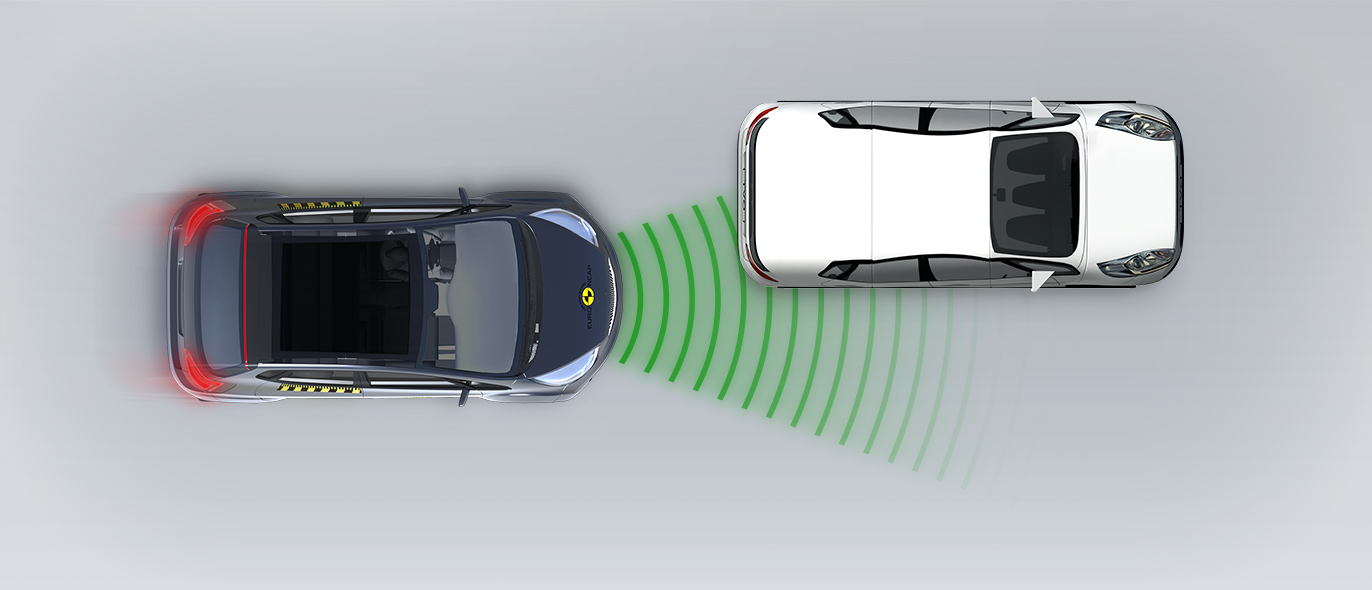
-
Approaching a stationary car: No Offset
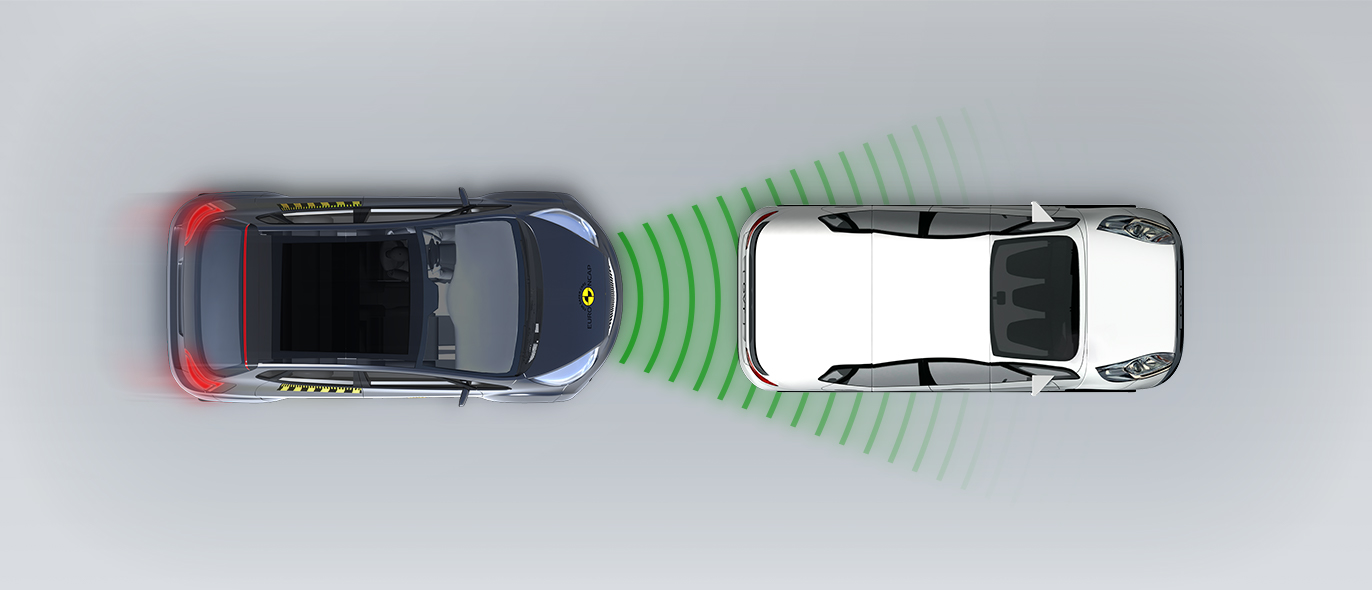
-
Approaching a stationary car: Right Offset
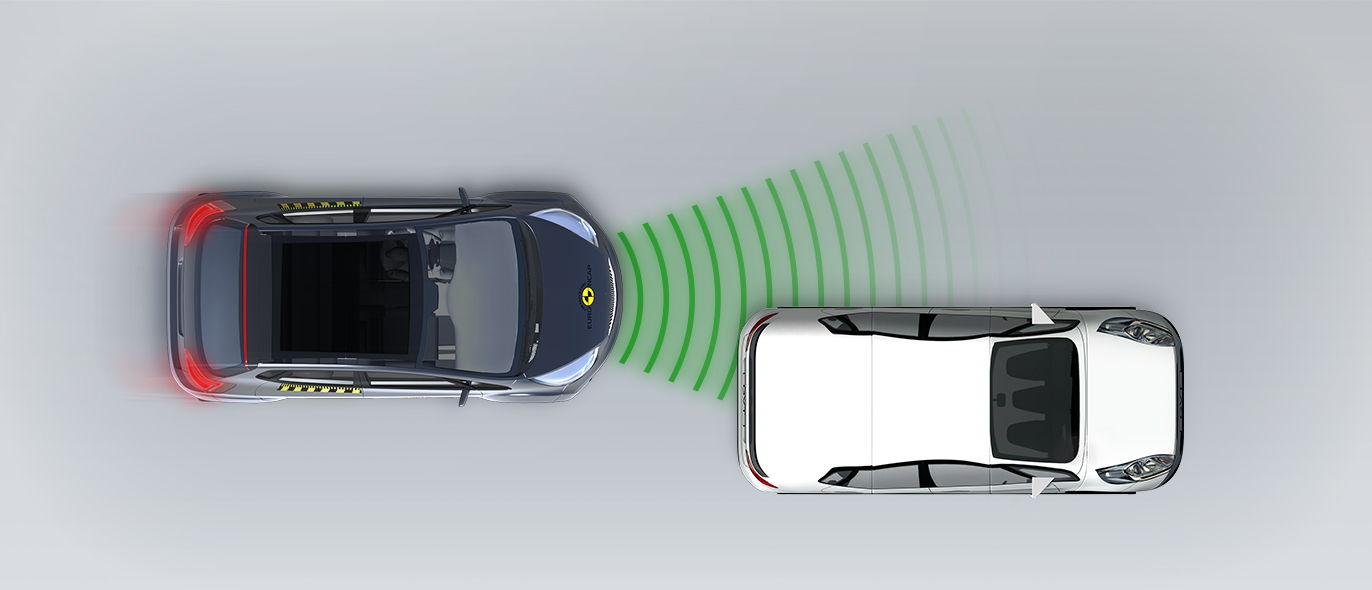
- Good
- Adequate
- Marginal
- Weak
- Poor
Passenger
Fitted to the vehicle as standard
Not fitted to the test vehicle but available as option
Not Available
-
i-Size CRS
-
ISOFIX CRS
-
Universal Belted CRS
Easy
Difficult
Safety critical
Not allowed
| Seat Position | |
|---|---|
| Front | |
| Passenger | |
| Maxi Cosi 2way Pearl & 2wayFix (rearward) (iSize) | |
| Maxi Cosi 2way Pearl & 2wayFix (forward) (iSize) | |
| BeSafe iZi Kid X2 i-Size (iSize) | |
| BeSafe iZi Flex FIX i-Size (iSize) | |
| Maxi Cosi Cabriofix & FamilyFix (ISOFIX) | |
| BeSafe iZi Kid X4 ISOfix (ISOFIX) | |
| Britax Römer Duo Plus (ISOFIX) | |
| Britax Römer KidFix XP (ISOFIX) | |
| Maxi Cosi Cabriofix (Belt) | |
| Maxi Cosi Cabriofix & EasyBase2 (Belt) | |
| Britax Römer King II LS (Belt) | |
| Britax Römer KidFix XP (Belt) |
Easy
Difficult
Safety critical
Not allowed
Good protection was provided to the six-year dummy, sat in the front passenger seat, in both the frontal offset and side barrier tests. Protection of the ten-year child was not assessed. The passenger airbag can be disabled to allow a rearward-facing child restraint to be used in that seating position. Clear information is provided to the driver regarding the status of the airbag and the system was rewarded. The passenger seat is not approved to for the installation of one type of ISOFIX restraint. Otherwise, all of the restraints for which the Z4 is designed could be properly installed and accommodated in the car.
- Good
- Adequate
- Marginal
- Weak
- Poor

Head Impact 22.4 Pts
Pelvis Impact 6.0 Pts
Leg Impact 6.0 Pts
| System Name | Person Warning with City Braking Function | ||
| Type | Auto-Brake with Forward Collision Warning | ||
| Operational From | 5 km/h | ||
| PERFORMANCE | | |||
-
Approaching a crossing cyclist
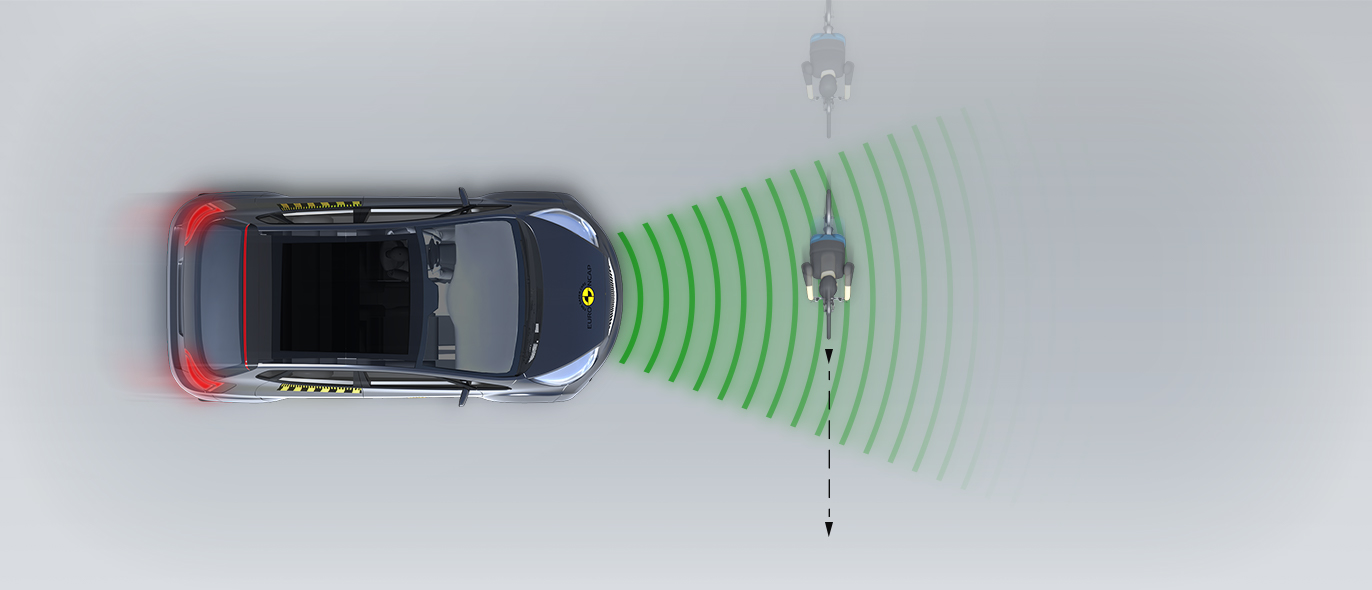
-
Cyclist along the roadside

The Z4 has an 'active' bonnet, or hood. Sensors detect when a pedestrian has been struck and actuators raise the bonnet to increase the distance to hard structures in the engine compartment. BMW showed that the system worked robustly for a variety of pedestrian statures and across a range of speeds. Accordingly, the bonnet was tested in the deployed, raised position. Test results were almost exclusively good or adequate. The bumper provided good protection to pedestrians' legs, and protection of the pelvis was also rated as good. The AEB system can detect vulnerable road users like pedestrians and cyclists, as well as other vehicles. In tests, the system performed adequately in its response to pedestrians and, for cyclists, its performance was rated as good.
- Good
- Adequate
- Marginal
- Weak
- Poor
| System Name | Speed Limit Assist |
| Speed Limit Information Function | Camera based |
| Speed Control Function | System advised (accurate to 5km/h) |
| Applies To | Front Seats | ||
| Warning | Driver Seat | Front Passenger(s) | Rear Passenger(s) |
| Visual | |||
| Audible | |||
| Occupant Detection | |||
|
|||
| System Name | Steering and Lane Control Assistant |
| Type | LKA (including LDW) |
| Operational From | 70 km/h |
| Performance | |
| Lane Keep Assist | |
| Human Machine Interface | |
| System Name | Front-End Collision Warning with Braking Function | |||
| Type | Autonomous Emergency Braking and Forward Collision Warning | |||
| Operational From | 5 km/h | |||
| Additional Information | Supplementary warning | |||
The AEB system performed well in tests of its response to other vehicles at highway speeds, with collisions avoided in the great majority of test scenarios. There is a seatbelt reminder system as standard. A lane support system helps to prevent inadvertent drifting out of lane. The speed assistance system uses a camera to detect the local speed limit. This information is presented to the driver, allowing the limiter to be set appropriately.
- Specifications
- Safety Equipment
- Videos
- Rating Validity
Specifications
Tested Model BMW Z4 sDrive 30i, LHD
Body Type - Roadster sports
Year Of Publication 2019
Kerb Weight 1495kg
VIN From Which Rating Applies - all Z4s
Class Roadster sports
Safety Equipment
Note: Other equipment may be available on the vehicle but was not considered in the test year.
Fitted to the vehicle as standard
Fitted to the vehicle as part of the safety pack
Not fitted to the test vehicle but available as option or as part of the safety pack
Not available
Not applicable
Videos
Rating Validity
Variants of Model Range
| Body Type | Engine & Transmission | Model Name/Code | Drivetrain | Rating Applies | |
|---|---|---|---|---|---|
| LHD | RHD | ||||
| 2 door roadster | 2.0 petrol | BMW Z4 sDrive20i | 4 x 2 |  |
 |
| 2 door roadster | 2.0 petrol | BMW Z4 sDrive30i | 4 x 2 |  |
 |
| 2 door roadster | 3.0 petrol | BMW Z4 sM40i | 4 x 2 |  |
 |
* Tested variant

Find more information in the General Comments section of the assessment
 Share
Share
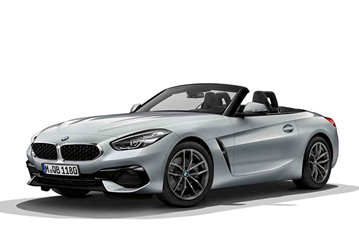











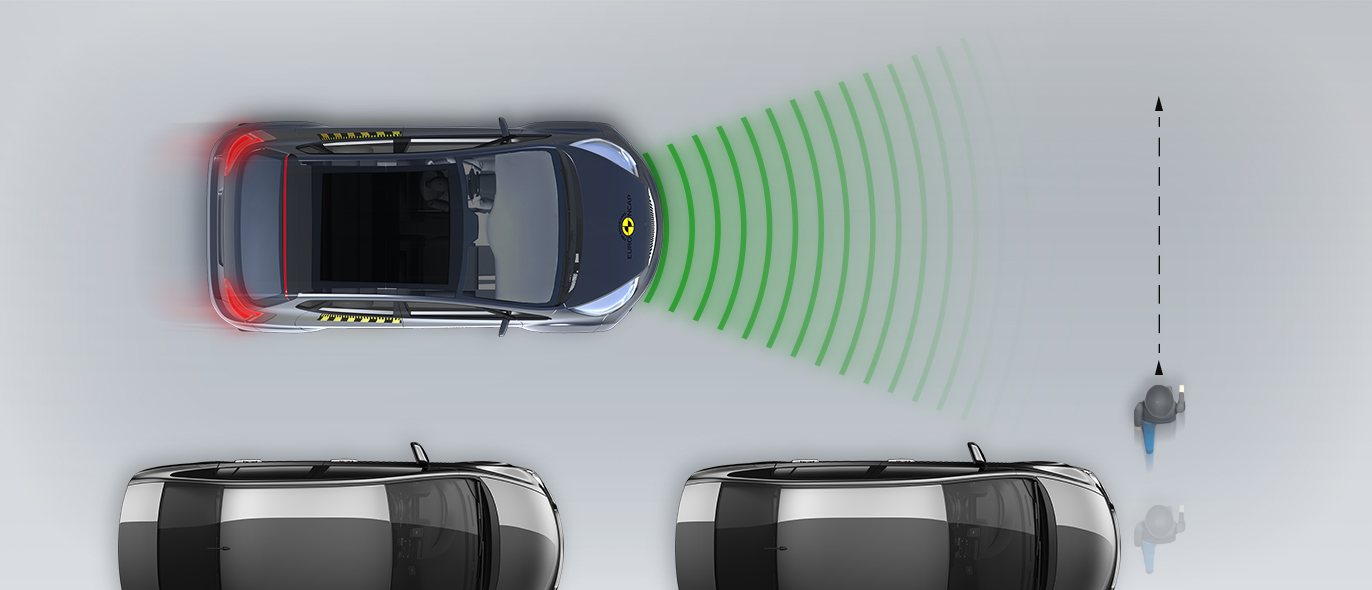

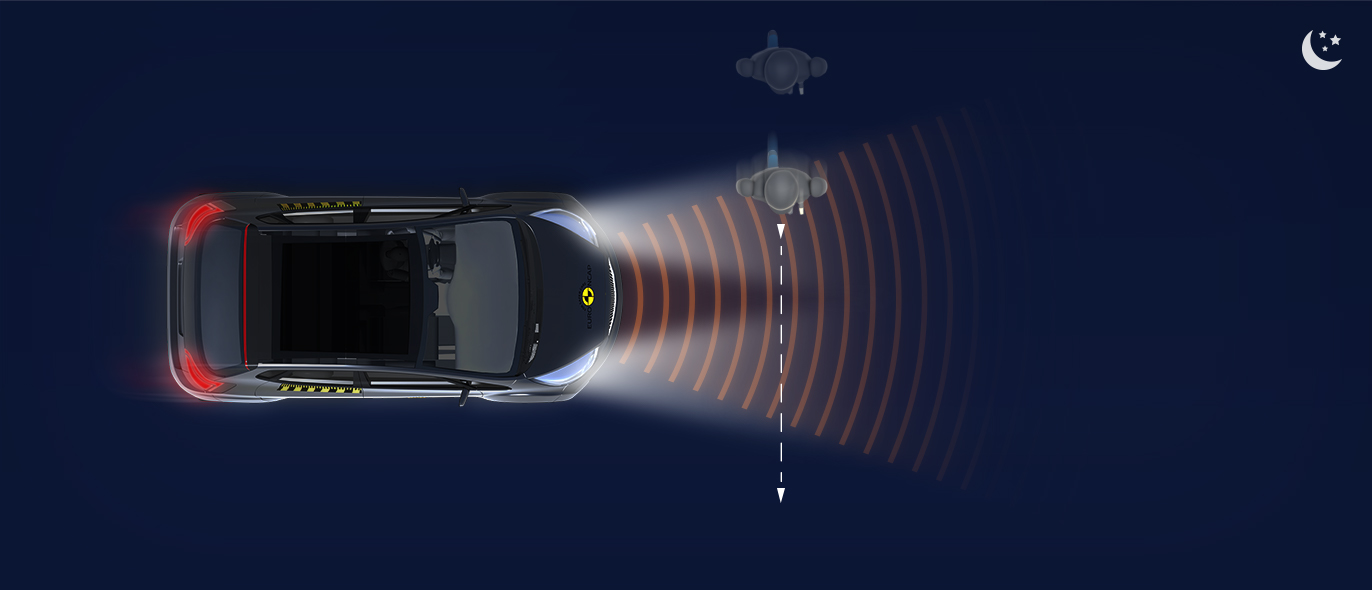









The passenger compartment of the Z4 remained stable in the frontal offset test. Dummy readings indicated good protection of the knees and femurs of the driver and passenger. BMW demonstrated that a similar level of protection would be provided to occupants of different sizes and to those sitting in different positions. In the full-width rigid barrier test, protection of the driver was good or adequate for all critical body areas. In the side barrier test, all critical parts of the body were well protected and the car scored maximum points. Likewise, full points were scored in the more severe side pole test, with good protection all-round. Tests on the seats and head restraints demonstrated good protection against whiplash injuries in the event of a rear-end collision. The Z4 has a standard-fit autonomous emergency braking (AEB) system which operates at the low speeds, typical of city driving, at which many whiplash injuries occur. In tests of this functionality, the system scored maximum points, with collisions against another vehicle avoided in all test scenarios.